Huma Bhabha and Alberto Giacometti share an emotional connection in dialogue at the Barbican
The Barbican's new series, Encounters, sees Alberto Giacometti's work paired with a series of artists
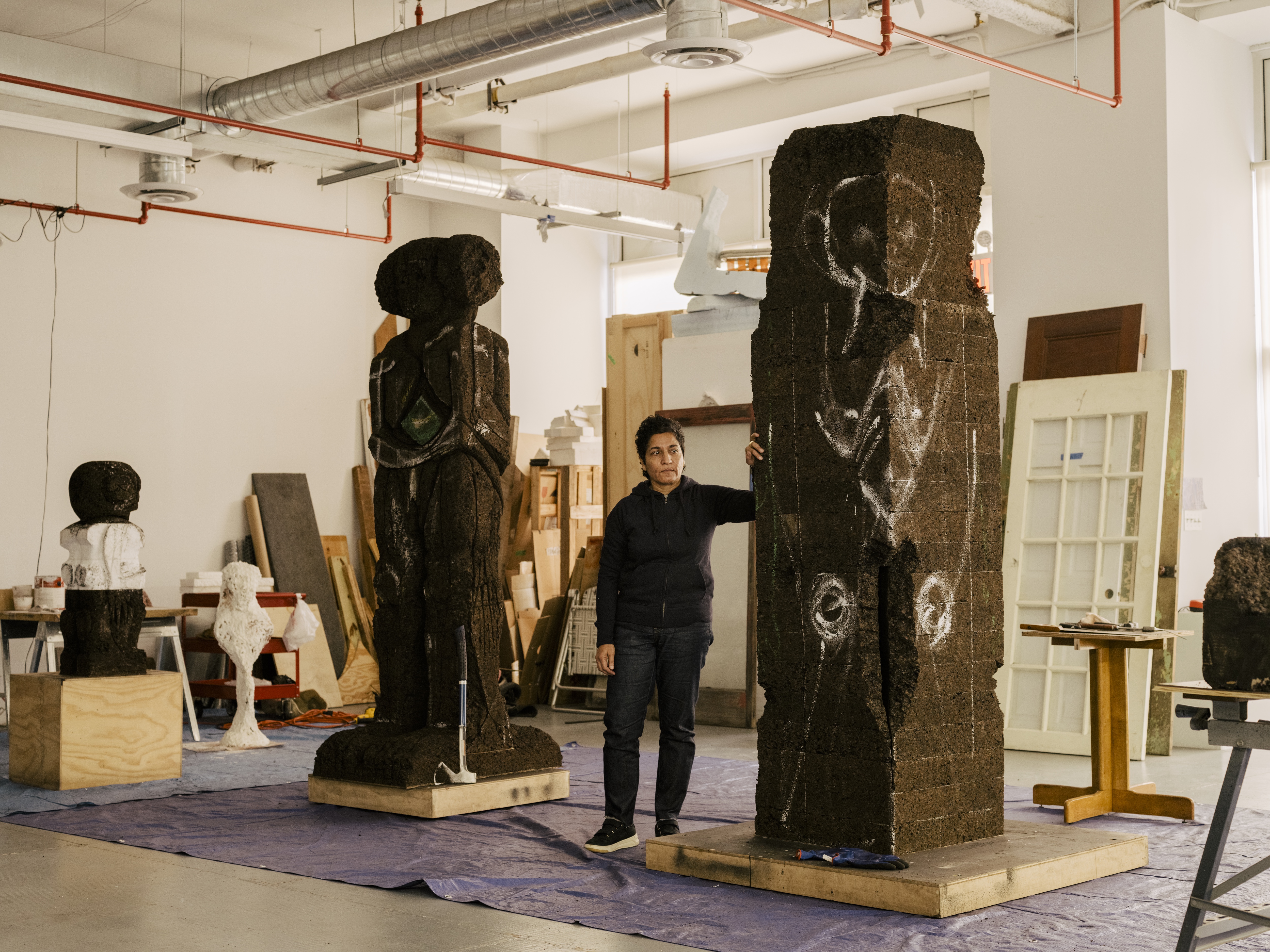
The Barbican has opened Encounters: Giacometti x Huma Bhabha, the first in a three-part collaboration with the Giacometti Foundation that sees work from Alberto Giacometti paired with contemporary artists in the centre’s new gallery space.
The first exhibition is with sculptor Huma Bhabha, whose work is known for its scale, material and texture. Bhabha creates imagined hybrid figures from materials such as Styrofoam and found objects, referencing elements across eras and belief systems. Sometimes imposing and sometimes benign, her work uses surface and the figure in such a way that makes her work an ideal partner for the late Swiss master.
“The pairing of Alberto Giacometti and Huma Bhabha's sculptures in the inaugural exhibition of the Encounters: Giacometti series, powerfully summons the repercussions of on-going conflicts on everyday life. The intent is to open up intergenerational conversations that move beyond formal likeness and references but mine shared emotional connection and enduring concerns, such as the experience of violence on the human body, its after-life, with brutal lingering effects," says Shanay Jhaveri, The Barbican Centre’s head of visual arts.
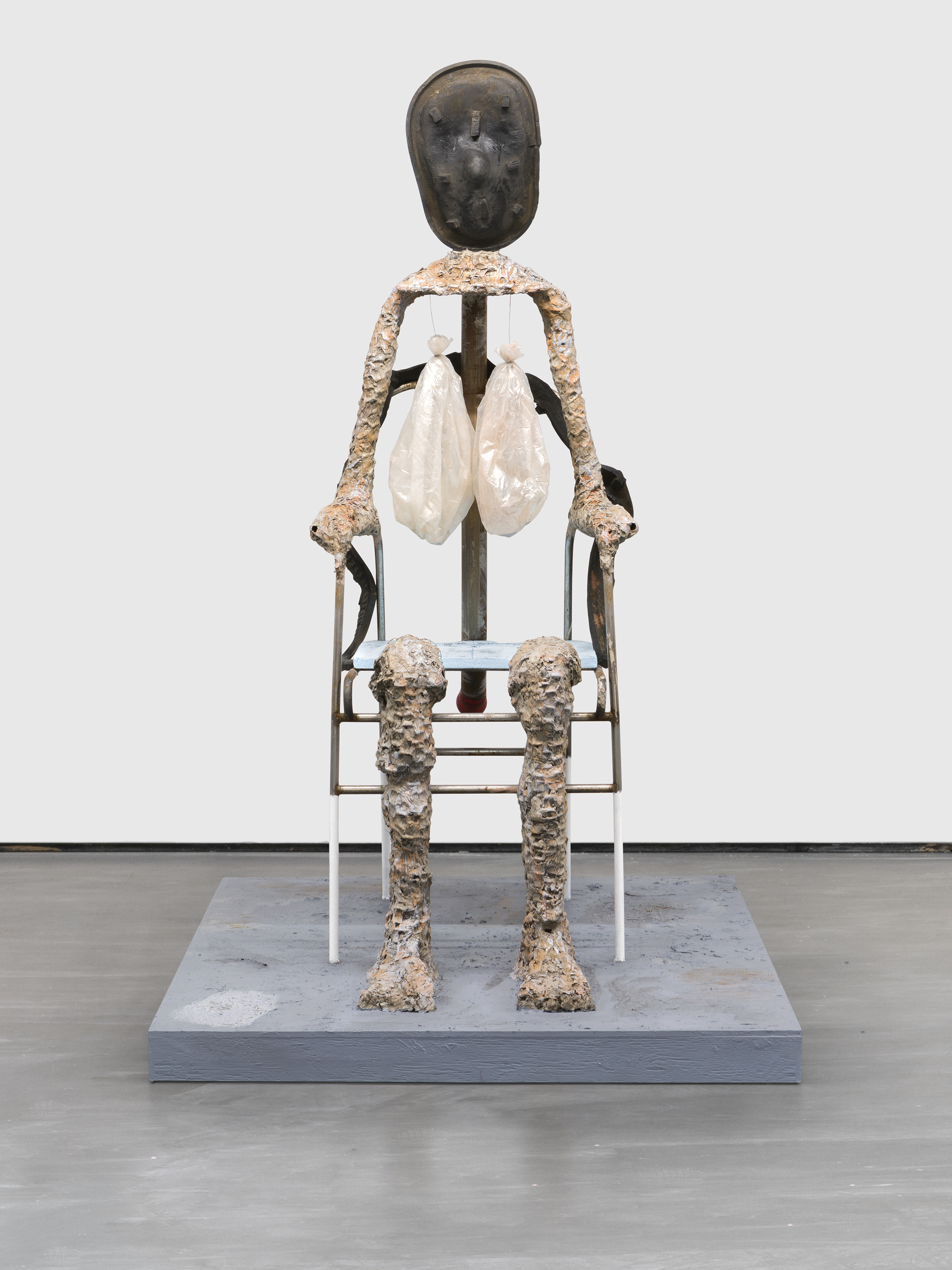
Huma Bhabha Mask of Dimitrios, 2019. Image credit: Daniel Perez. Courtesy of the artist and David Zwirner Gallery
Curated by Jhaveri, this series of exhibitions will continue with shows of Giacometti alongside Mona Hatoum and Lynda Benglis.
“I was honoured when Shanay asked me to be the first artist that he would start this iteration of the relationship with, because as a sculptor, as an artist and as a big fan of his work, definitely I would never say no,” Bhabha explained. "I was a little nervous to see how the relationship would work in terms of what sculptures we would choose, but we had a very successful collaboration, The Metropolitan Museum of Art roof project in New York and I completely believe in his vision.”
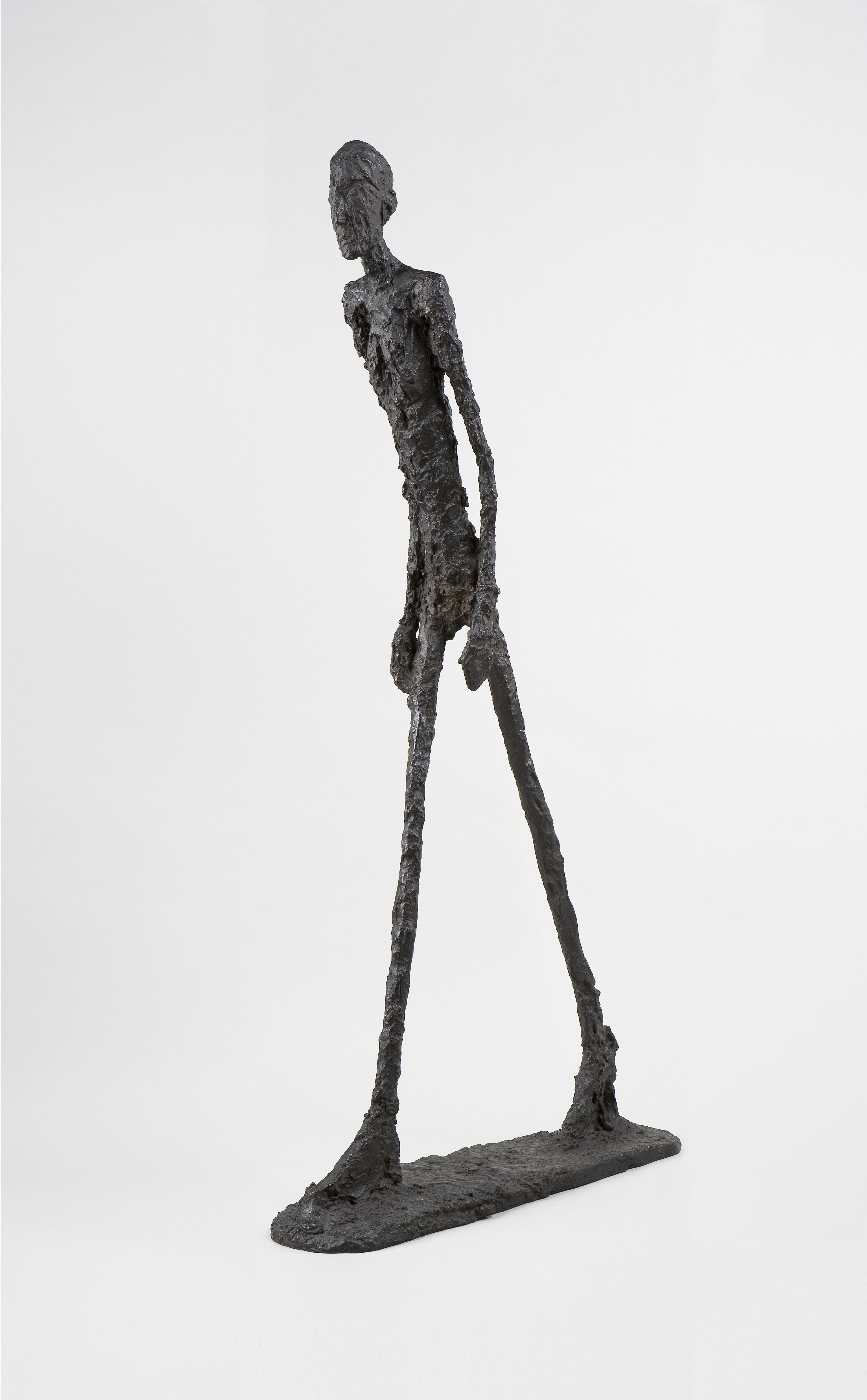
Alberto GIACOMETTI, Homme qui marche I, Walking Man I, 1960. Fondation Giacometti
At a surface level – and Bhabha is explicit about her belief that in art making the visual comes first – there are parallels to be found in the work of both artists in their use of surface, materials and texture. Jhaveri selected the work in the show with one exception of the large white head by Giacometti and a new work, an elongated iron bust by Bhabha. There was some collaboration in a visit to the storage facility for the Giacometti Foundation.
“I think what's really great about the way the works look in the show is that they don't look like each other's work. That makes the show is successful. But there is definitely a connection of a sensibility that I think comes through,” the artist adds.
Receive our daily digest of inspiration, escapism and design stories from around the world direct to your inbox.
These tensions and similarities are expertly highlighted in the exhibition of 23 works which starts in the mind of the artist as a graveyard, with many works close to the floor, and then in the main part of the room embodies a street with many tall, standing and ambulating works. There is also a reclining figure.
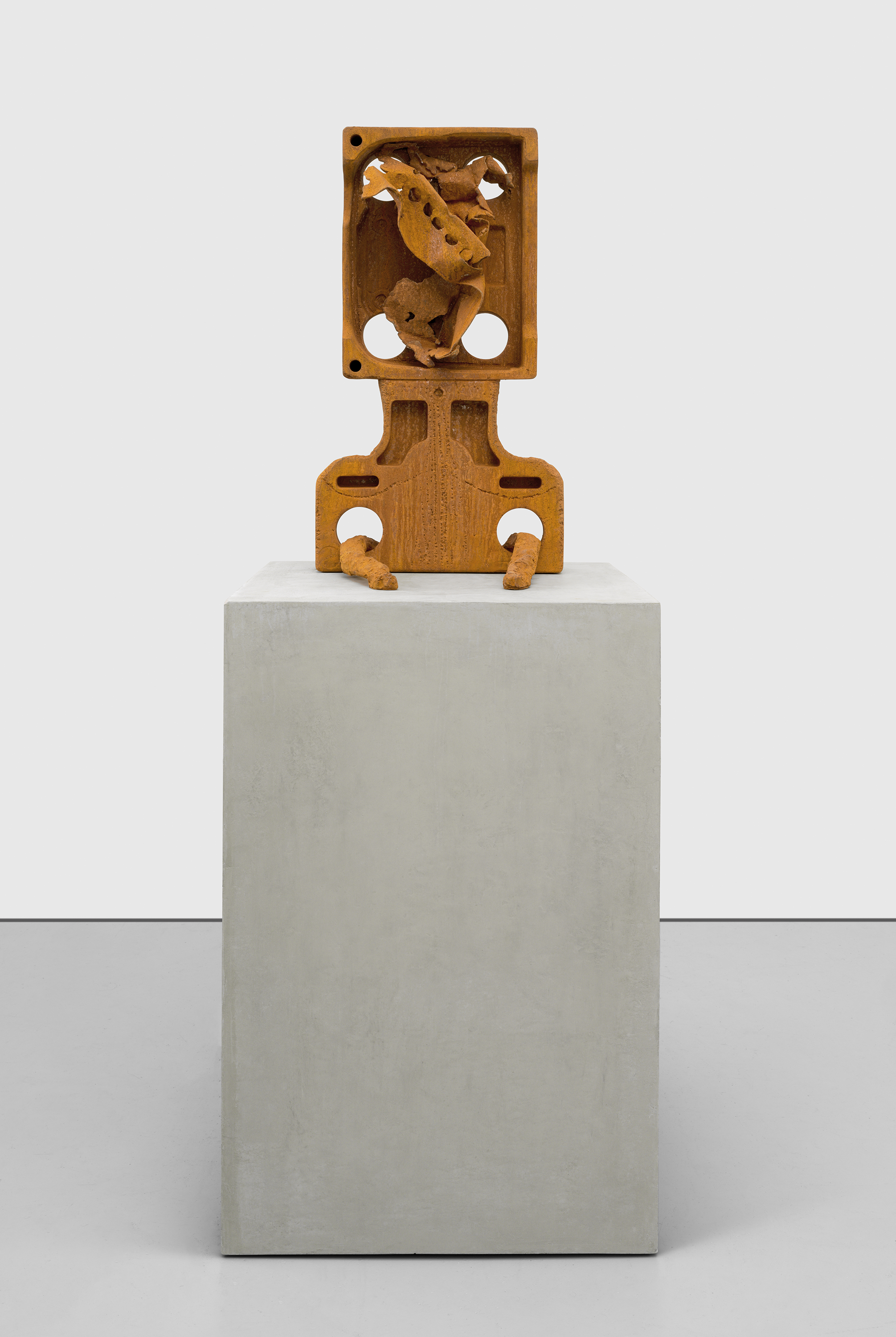
Work by Huma Bhabha
“I want to create a cinematic narrative. I don't want to just place things. I like to create a story or an implied narrative for the viewer to then take the lead from, and create their own story. So, I think there's something new happening here.”
Both Bhabha and Giacometti reference the aftermath and effects of war and the state of the world in their work. While dealing with these themes differently, they are separated by a considerable number of decades, their super-natural approach to the human form speaks to this. There is something powerful to consider in this exhibition as we see deconstructed hybrid bodies and parts of bodies as well as evocative human forms, there is a dance happening between these works and a path for us to walk through that dance.
“You can't really distance yourself from what is happening in the world as much as you might want to. I think things like that seep into the work a lot, as they did with him. So, I think that there is some kind of relationship that way, where we are responding to the times we live in.”
Huma Bhabha until 10 August at the Barbican
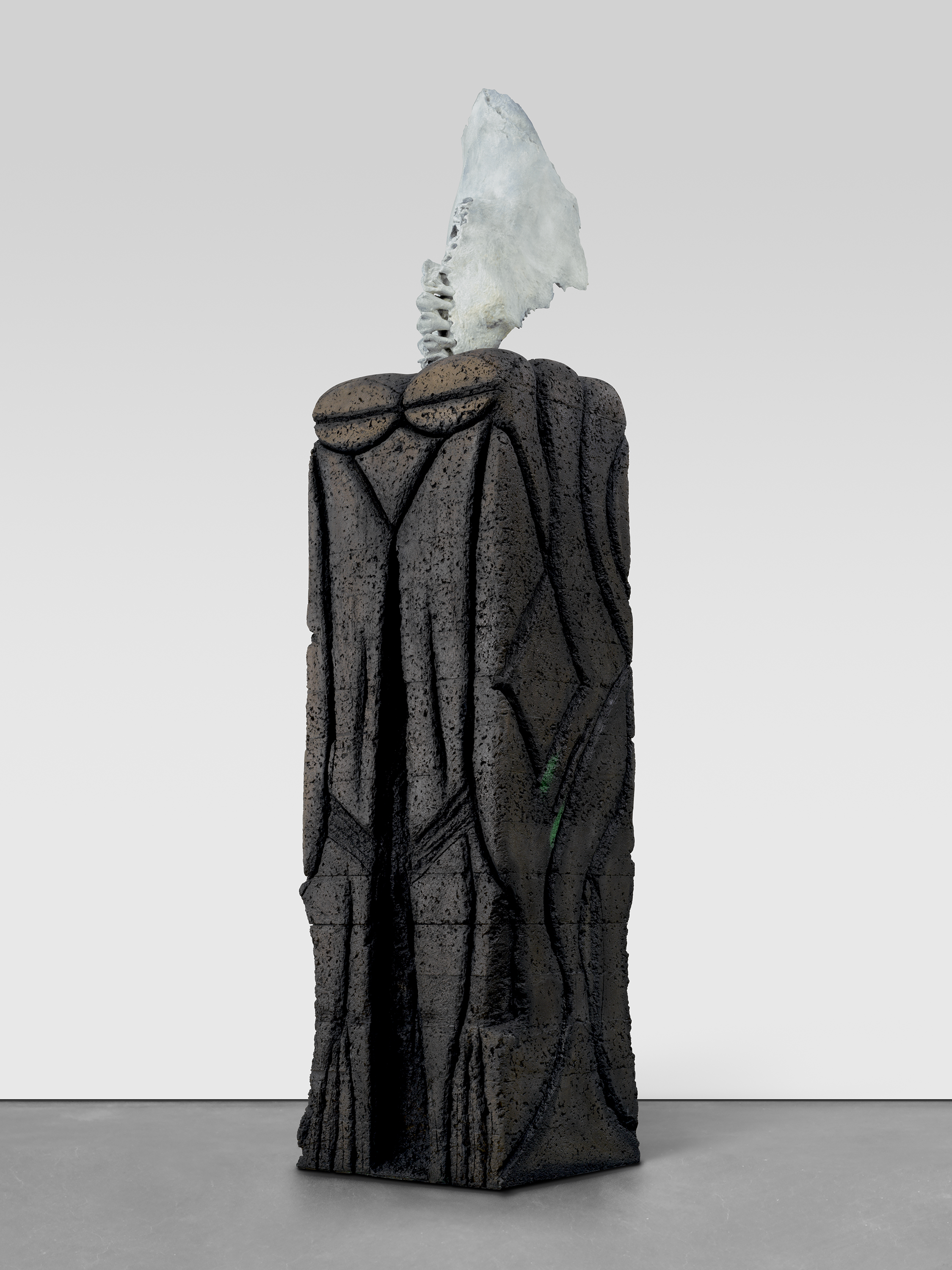
Huma Bhabha, Nothing Falls, 2024. Photo Credit: Kerry McFate. Courtesy of the artist and David Zwirner Gallery
Amah-Rose Abrams is a British writer, editor and broadcaster covering arts and culture based in London. In her decade plus career she has covered and broken arts stories all over the world and has interviewed artists including Marina Abramovic, Nan Goldin, Ai Weiwei, Lubaina Himid and Herzog & de Meuron. She has also worked in content strategy and production.
-
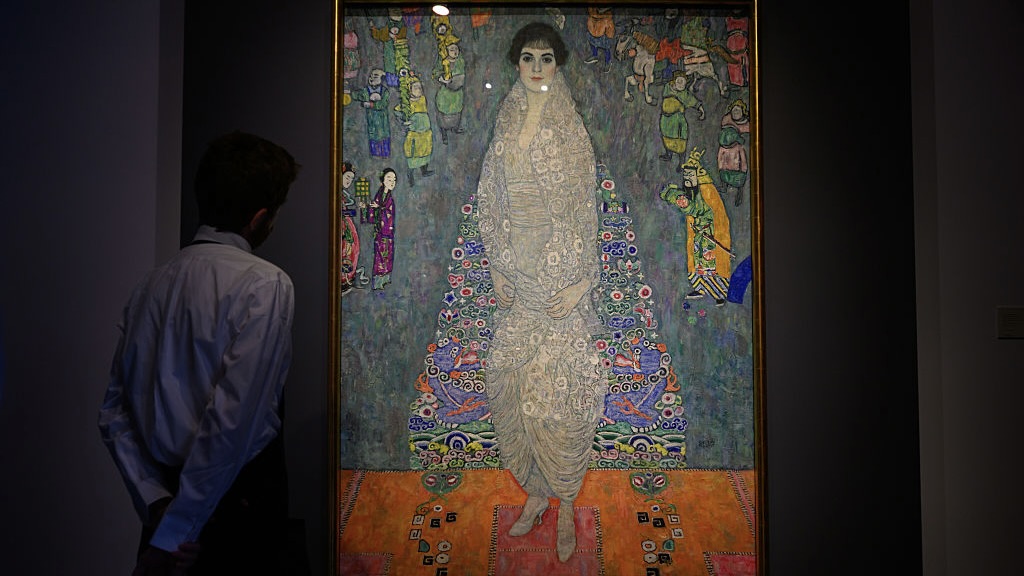 This Gustav Klimt painting just became the second most expensive artwork ever sold – it has an incredible backstory
This Gustav Klimt painting just became the second most expensive artwork ever sold – it has an incredible backstorySold by Sotheby’s for a staggering $236.4 million, ‘Portrait of Elisabeth Lederer’ survived Nazi looting and became the key to its subject’s survival
-
 New Leica Q3 Monochrom camera sees the world in black and white
New Leica Q3 Monochrom camera sees the world in black and whiteDefined by its crisp 60MP monochrome sensor, the Leica Q3 Monochrom is a camera designed for those who want to focus only on light, shadow and form
-
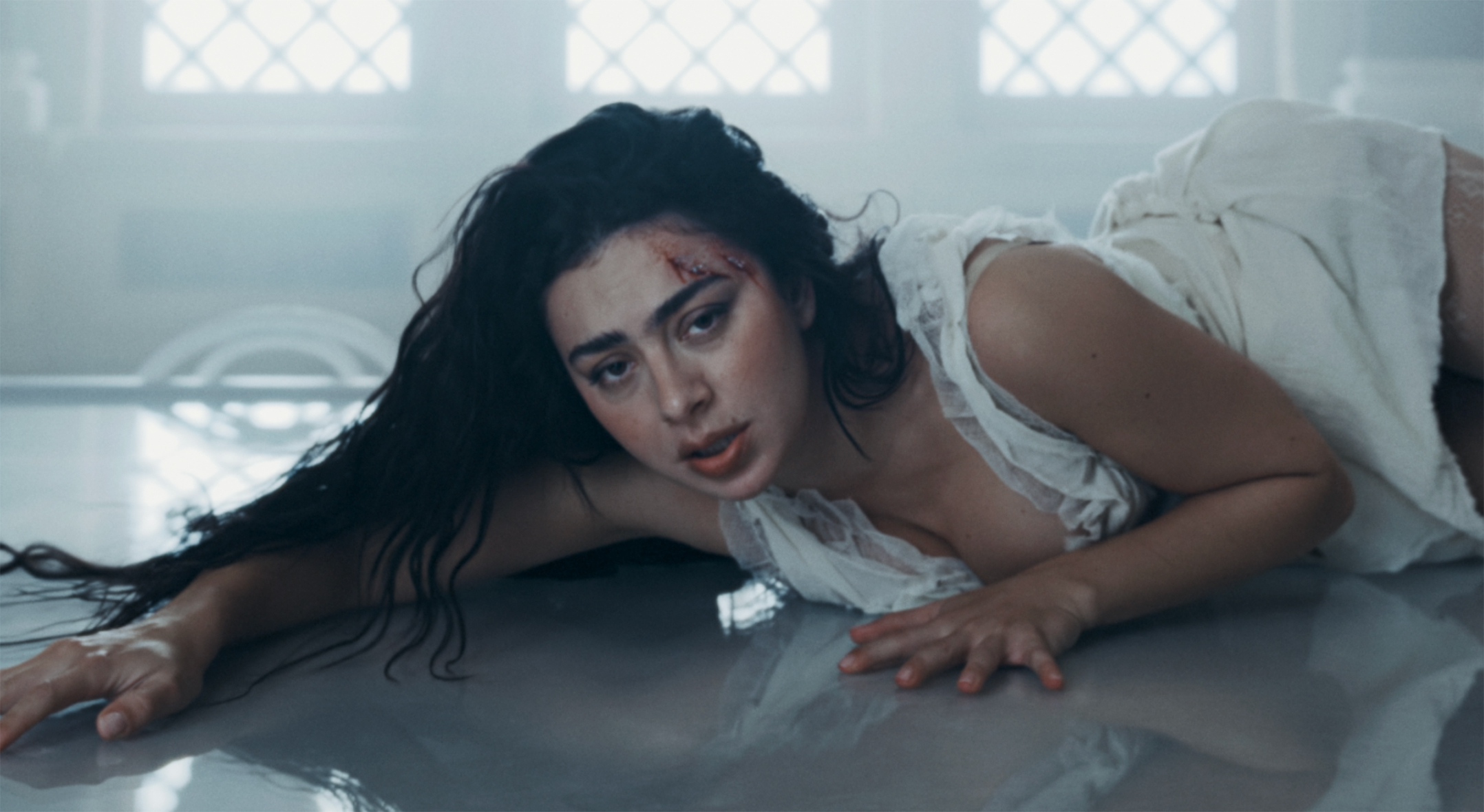 How C Prinz shaped the gothic new world of Charli XCX
How C Prinz shaped the gothic new world of Charli XCXMulti-hyphenate director and movement artist C Prinz unpacks the physical, instinctive and often brutal creative process behind Charli XCX’s new 'Wuthering Heights' era